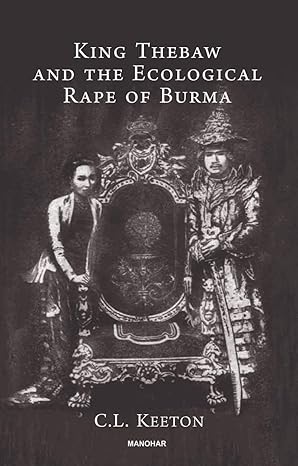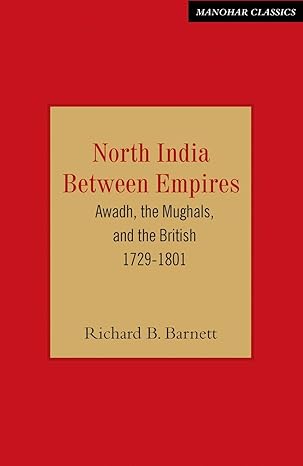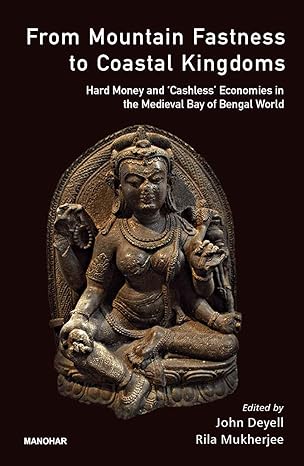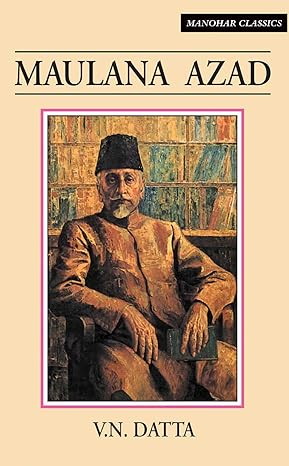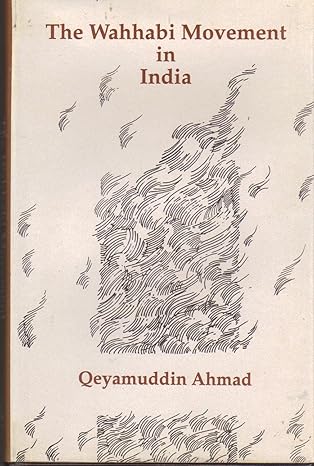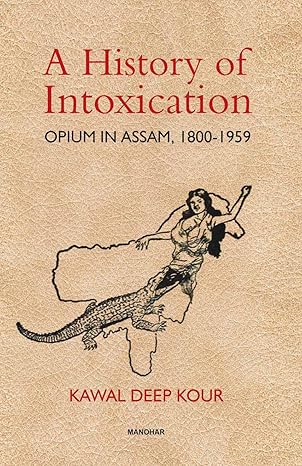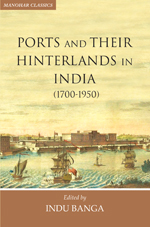History
Featured Products
King Thebaw and The Ecological Rape of Burma
₹1,364.20
M.R.P.:₹ 1,795.00
You Save: ₹430.80 (24.00% OFF)
North India Between Empires: Awadh, the Mughals, and the British 1729-1801
₹944.05
M.R.P.:₹ 1,195.00
You Save: ₹250.95 (21.00% OFF)
From Mountain Fastness to Coastal Kingdoms: Hard Money and 'Cashless' Economics in The Medieval Bay of Bengal World
₹1,023.05
M.R.P.:₹ 1,295.00
You Save: ₹271.95 (21.00% OFF)
The Census in British India: New Perspectives
₹707.05
M.R.P.:₹ 895.00
You Save: ₹187.95 (21.00% OFF)
Peasant Revolt in Malabar: A History of the Malabar Rebellion, 1921
₹1,734.05
M.R.P.:₹ 2,195.00
You Save: ₹460.95 (21.00% OFF)
A History of Intoxication: Opium in Assam, 1800-1959
₹1,244.10
M.R.P.:₹ 1,595.00
You Save: ₹350.90 (22.00% OFF)
Ports and their Hinterlands in India (1700-1950 )
₹1,420.25
M.R.P.:₹ 1,495.00
You Save: ₹74.75 (5.00% OFF)


